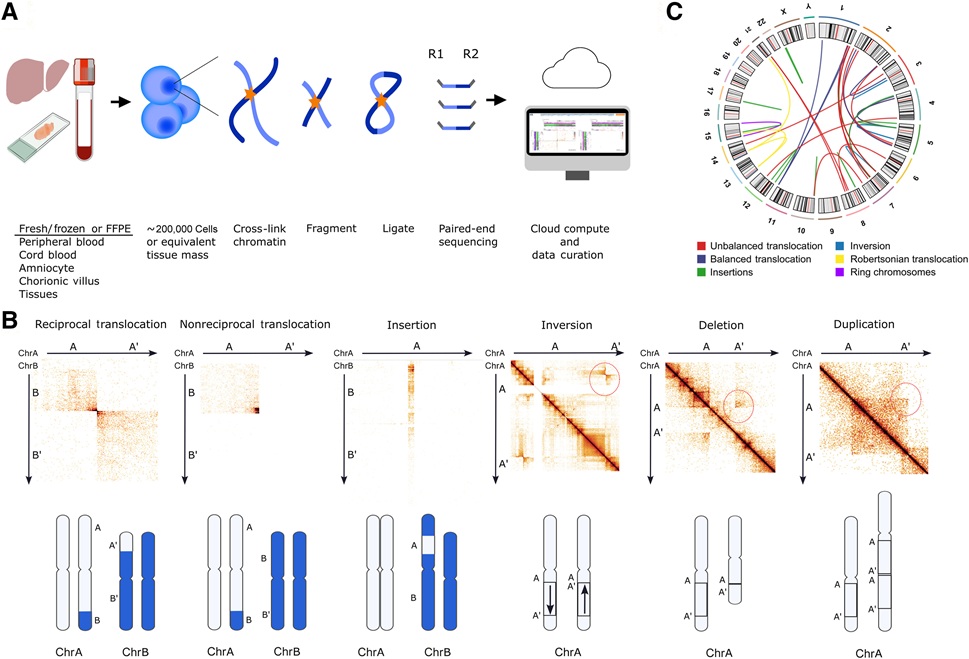Gastroenterologists View Tissue In Situ Using Confocal Laser Endomicroscope
By LabMedica International staff writers
Posted on 15 Dec 2011
The confocal laser endomicroscope allows physicians to examine a patient’s GI tissue at the cellular level in its natural environment. This results in fewer biopsies being sent to pathology labs.Posted on 15 Dec 2011
The microscope is called Cellvizio and is manufactured by Mauna Kea Technologies (MKEA; Newtown, PA, USA), a French company with offices in the United States. Cellvizio is a miniature microscope that, once inserted into the GI tract, enables the physician to select cells for microscopic examination in order to make a more immediate decision regarding a diagnosis, as well as treatment.
The Cellvizio system was cleared by the Food and Drug Administration (FDA) and has received CE mark in Europe. The company’s second-generation system, the Cellvizio 100 series was cleared in Europe and the United States in 2011. Although this micro-miniature microscope allows gastroenterologists to evaluate individual cells and identify abnormal or malignant tissue, there will still be a need to collect a tissue biopsy for analysis of its DNA, RNA, and/or proteins. The complexity of those genetic tests and molecular diagnostics assays means that most of these tissue referrals will continue to be sent to pathologists.
One contributing technology that went into this micro-miniature microscope is a high-density chip capable of performing several functions within a tiny module. Essentially, the Cellivizio system is a focal probe threaded through a traditional endoscope.
Dangerous tissue can be identified during the initial diagnostic exam. This allows gastroenterologists to remove this tissue the same day, and then go back to ensure that all of the diseased tissue was removed. This new approach will be applied to gastrointestinal cancers and other GI diseases, including those of the colon, bile duct, pancreas, and esophagus.
The Cellvizo system has the potential to pull more testing away from the traditional anatomic pathology laboratory. Michael J. Cima, PhD, at the Massachusetts Institute of Technology (MIT; Cambridge, MA, USA), recognized that possibility when he stated that, by using these types of systems to look at tissue in situ, “we are going to bring the laboratory into the patient.”
Related Links:
Mauna Kea Technologies
Massachusetts Institute of Technology














